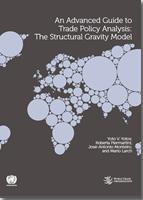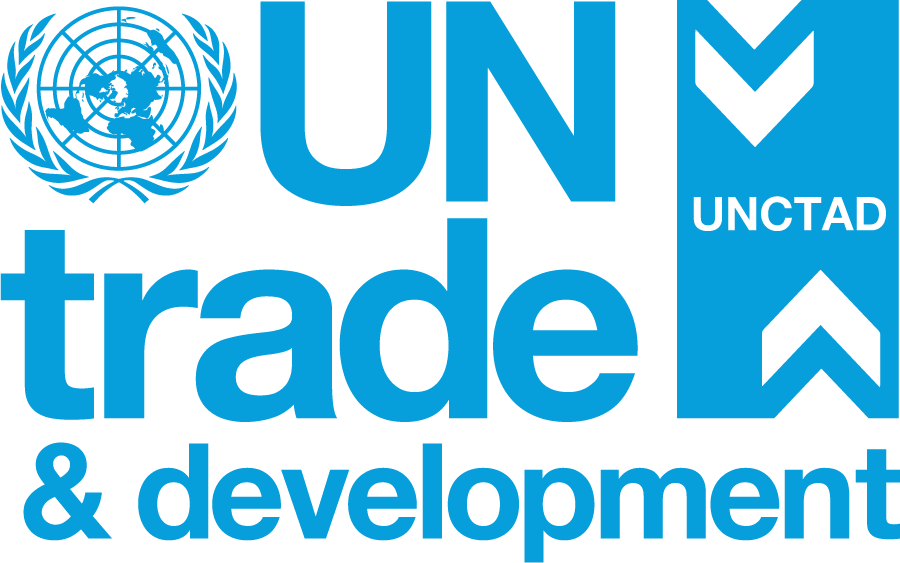An Advanced Guide to Trade Policy Analysis: The Structural Gravity Model (Volume 2)

This Advanced Guide is targeted at economists with advanced training and experience in applied research and analysis. In particular, on the economics side, advanced knowledge of international trade theory and policy is required, while on the empirical side, the prerequisite is familiarity with work on databases and with the use of STATA software. The reader with limited experience with STATA may wish to first review the applications and complete the exercises proposed in the Practical Guide to Trade Policy Analysis.
The Guide comprises two chapters. Both chapters start with a brief introduction providing an overview of the contents and setting out the learning objectives. Each chapter is further divided into two main parts. The first part introduces a number of theoretical concepts and analytical tools, and explains their economic logic.
The first part of Chapter 1 also includes a discussion on data sources. The second part of both chapters describes how the analytical tools can be applied in practice, showing how data can be processed to analyse the effects of the trade policies on trade flows output, expenditures, real GDP and welfare. Each of these applications has been designed only for a pedagogical purpose.
The software used for partial and general equilibrium analysis with the structural gravity model is STATA software. While the presentation of these applications in the chapters can stand alone, the files with the corresponding STATA commands and the relevant data can be found on the Practical Guide to Trade Policy Analysis website.
A general folder entitled “Advanced Guide to Trade Policy Analysis” is divided into sub-folders which correspond to each chapter. Within each of these subfolders, the reader will find datasets, applications and exercises. Detailed explanations can be found in the file “readme.pdf” available on the website.


